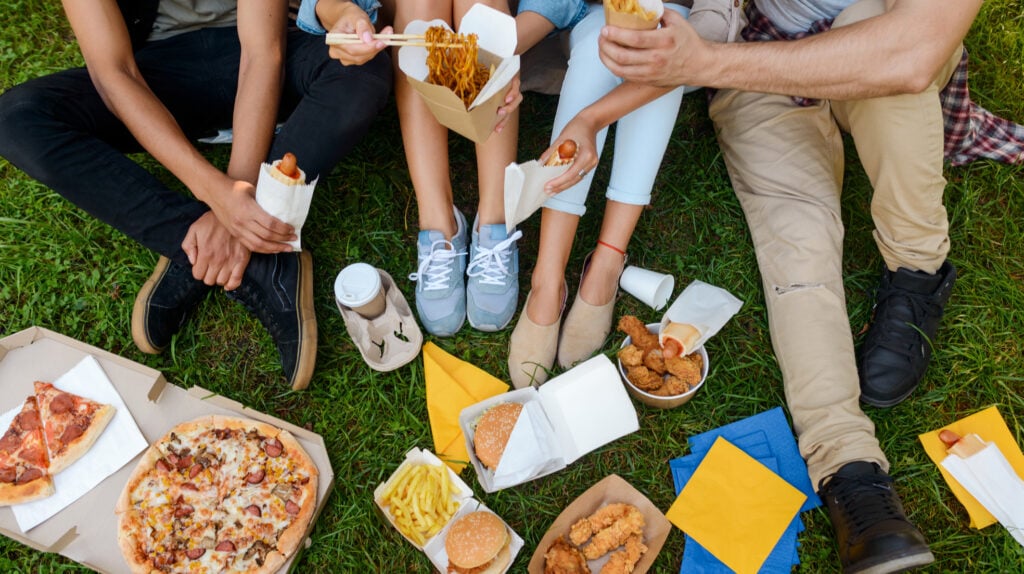Crafting the Perfect Loyalty Program for QSRs
May 13, 2021

The fast-food industry isn’t really known for its loyalty programs, or it didn’t use to be. During the pandemic and after, it seems that everywhere we look, quick-service restaurants (QSRs) everywhere are coming up with creative ways to keep their customers coming back for more. Despite the increasing amount of loyalty programs within the fast-food space, there is quite a large bump in the road for marketers to contend with: competition.
Back when one of the only QSRs with a popular loyalty program was Starbucks, crafting the perfect loyalty program wasn’t as difficult as it is today. Now, everyone has one, and QSRs are all vying for the same customer. To stand out amongst all of the noise and get customers to convert, QSRs will need to use a real-world data solution: location intelligence.

Understand Your Customers
The most important part of crafting a great loyalty program is understanding what your customers will respond best to. For example, if you’re a family fast-food restaurant but your loyalty reward is a free coffee with a future purchase, then it wouldn’t be nearly as enticing as offering a free kids meal after a certain amount of accumulated points.
With consumer insights from location intelligence, you can determine that your primary audience are families with small children, who frequent movie theaters and the nearby children’s museum. Based on this real-world data you are able to craft a loyalty program that involves free movie theater tickets, as well as free admission to exhibits at the children’s museum in addition to that complimentary kid’s meal.
Know What is Working and What Isn’t
Crafting great customer loyalty programs boils down to simple trial and error. Let’s say that you created a program that you and the higher ups were convinced would work. Over time, your restaurant sales haven’t changed much despite one of the rewards being effective immediately. By analyzing consumer foot traffic data, you can determine that the new loyalty program really hasn’t had any effect on your customers at all. They don’t seem interested in the first reward offered. Now, it’s back to the drawing board.
Because location intelligence can give you insight into your customers’ preferences and interests, you are able to develop a much more compelling reward system based on this information and avoid those mistakes that you had made in the first place. This gives you a much better chance of not only retaining your customers, but drawing in new ones.
Your Competition Won’t Stand a Chance
Most fast-food restaurants don’t have direct insight into just what exactly their competitors are doing to bring in new customers or retain their old ones. Imagine being the marketer who does have that insight, all because you have access to the right data solution. With insights from location intelligence, you can determine if your competitor’s loyalty program is effective in driving foot traffic. These new insights can help you create a better data-driven customer loyalty program.
Let’s go back to the family-centric fast food restaurant from the first example. Your competitor is only a few blocks away and they have been lowering their prices and recently released a new customer loyalty program to compete with yours. Before you had a location intelligence data solution, understanding what exactly was driving your customers to their doorstep would have been difficult, and developing an effective conquesting campaign would have felt impossible. Now, you are able to create an advertising campaign for your new loyalty program that focuses on offering free movie tickets and admission to the children’s museum with a purchase of a meal.
Even though your prices are a few cents higher than theirs, it doesn’t take very long for you to win back your customers, and acquire some of the competition’s customers as well.
For more information on how QSRs can use location intelligence, contact us to speak with an expert today.




